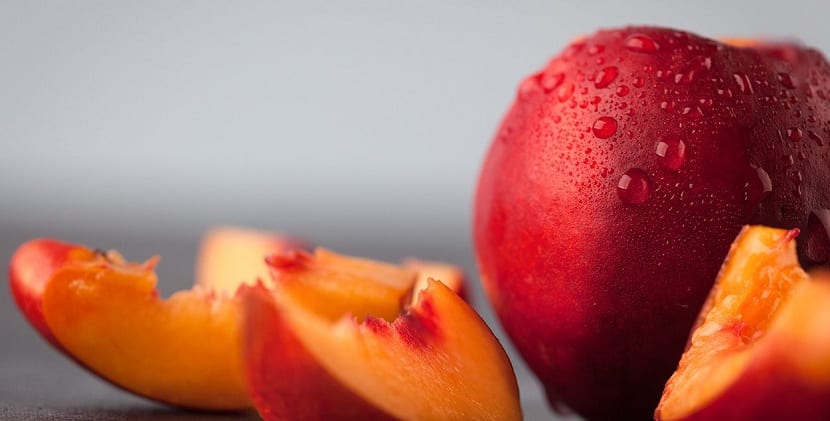
After seeing the hybrid Nabicol we present the platerina. It is a fruit that is neither a Paraguayan nor a nectarine. As is already known, in summer the juiciest fruits arrive that help us to stay fresh and in a healthy way. Melons, watermelons, apricots, peaches, etc. They are seasonal summer fruits very rich in water and delicious in flavor.
Platerina is a variety that has characteristics of the Paraguayan and the nectarine. In this post we are going to focus on analyzing this peculiar species. So, if you want to know more about this delicious fruit, keep reading 🙂
Origin and varieties
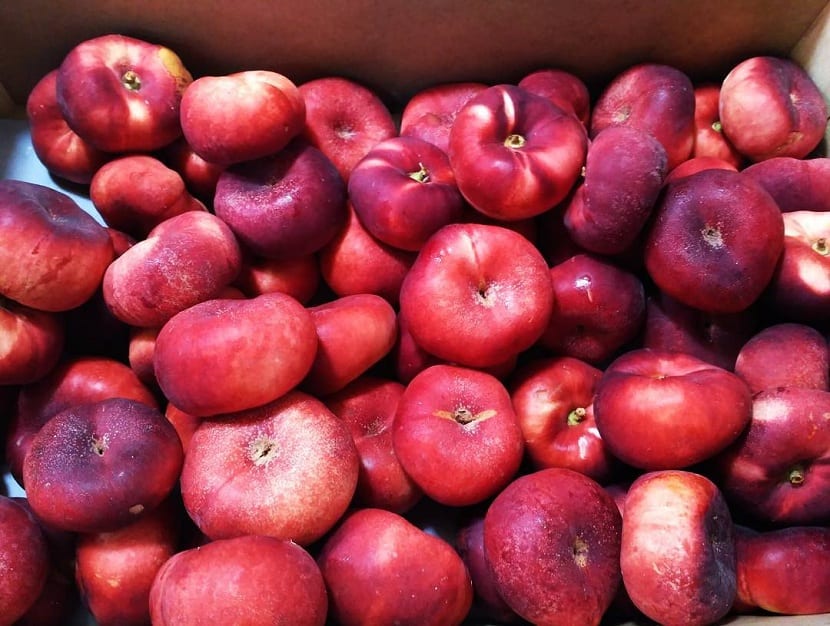
Platerina is a stone fruit mixed between nectarine and Paraguayan. All these fruits are derived from the peach. It can be said that if the nectarine was the thin-skinned version of the peach, the platerina is just the opposite.
Farmers, agronomists and scientists are continuously working to improve and achieve new varieties that are easier to produce and provide great benefits. When trying to improve a species, tolerance to extreme temperatures (for example resistance to frost), vulnerability to attack by pests or diseases, taste improvement or size increase, growth speed are taken into account. , etc.
The peach is a species of fruit quite prone to being developed and genetically improved to the point that it has multiple varieties common in the markets.
The origin of platerina is not well known, but it can be seen that its appearance for sale in the markets is quite recent.
Key features
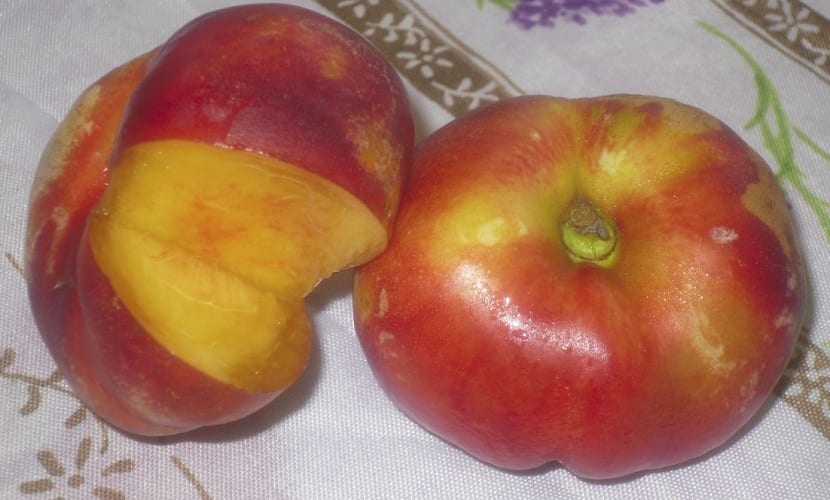
We find a similar aspect to the Paraguayan. It's like a flat nectarine with a button shape. We can find yellow or white meat platerinas. The skin of this fruit is very fine and smooth and it does not have those "hairs" that annoys many people so much. Therefore, this fruit can be eaten perfectly without peeling it and enjoy it in all its splendor.
The flavor stands out for being very sweet and emits a fairly deep aroma. It is very similar to that of the nectarine. As for the inside, the meat is quite juicy and has a quite nice texture when chewed. It is not advisable to let it ripen too much because it is already sweet. When it ripens too much it is too sweet and loses texture.
The fact that the skin is so thin and has no hair makes it potentially attractive to the little ones who refuse to eat fruit. It is still a species in its infancy, so it is expected that in a few years the distribution will improve more and more.
Paraguayan and platerina
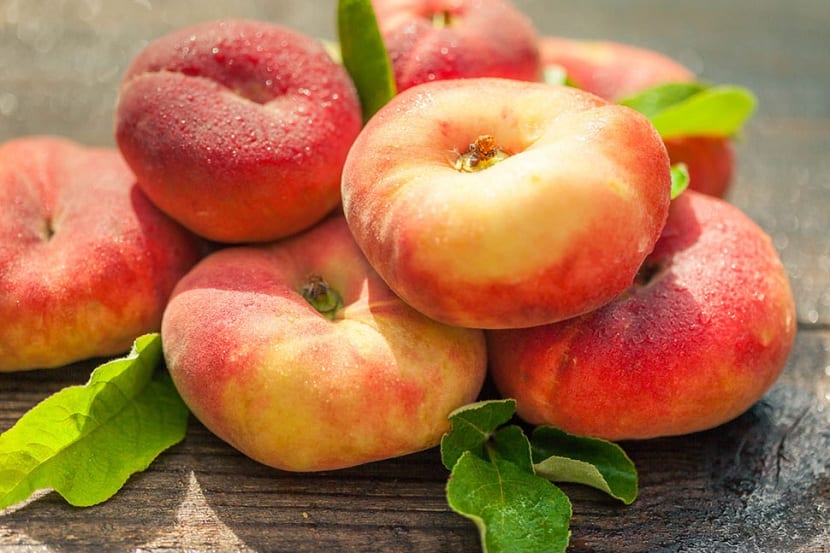
The sweet fruit sector in Spain occupies a relatively small area. However, it is one of the sectors that contributes the most to final agricultural production, contributing 18% of it. Although the platerina and the Paraguayan are having good success, the peach is the species with the most imports (about 48% of the total).
The peach tree is one of the most important species of sweet fruit in Spain. Our country has become the second largest producer in the European Union and the most competitive based on the quality offered. This contributes to the ever more developed technology for genetic improvement. The more research is done on genetic improvement, the more varieties can be presented and with higher quality.
The varieties are adapted to consumer demands and allow greater production at a lower cost. Among the most requested and improved varieties are Paraguayans and platerinas with a very high quality regime.
The difference of the latter with respect to the Paraguayan it is your best commercial presentation, in addition to being presented on the market as a novel fruit. It is not yet very widespread, so its price is high.
Platerin culture
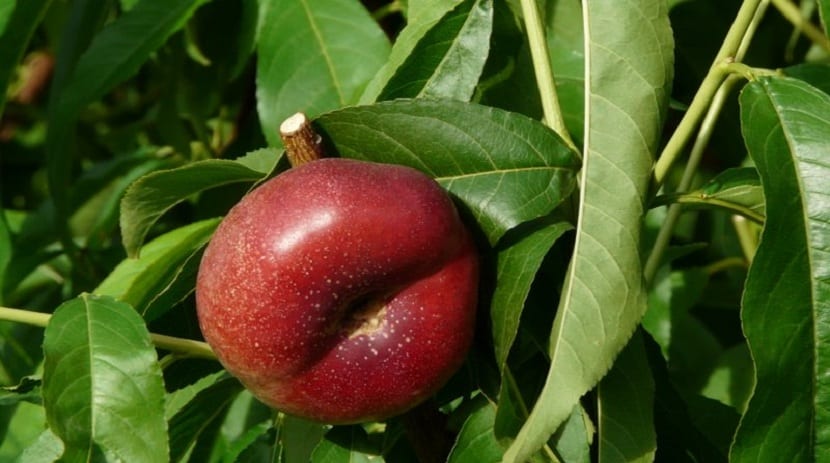
Crops of this variety are mainly limited to areas with temperate climates. The areas of greatest cultivation are Murcia, Lérida and Aragón. The cultivation area has been increased in recent years because it is a product that is well received by consumers.
Among the requirements for the cultivation of platerina we find the altitude. These trees are planted at a low altitude. More or less about 300 meters above sea level. They do not have the need to rest during the winter as some peach species do. They prefer short, warmer winters with long summers and a dry atmosphere.
It is somewhat sensitive to humidity. An excess of this can trigger the development of diseases and the loss of the fruit by cracking. As for the soil, it needs deep soils, well drained and acidic in nature.
To plant them we must leave about 4-5 meters between each of them so they don't compete for territory or nutrients. It needs maintenance tasks such as pruning. Formation pruning can be done at the beginning when production starts. Depending on the area, the most common training systems are in the shape of a glass. In this way the crop takes better advantage of temperate regions.
Maintenance
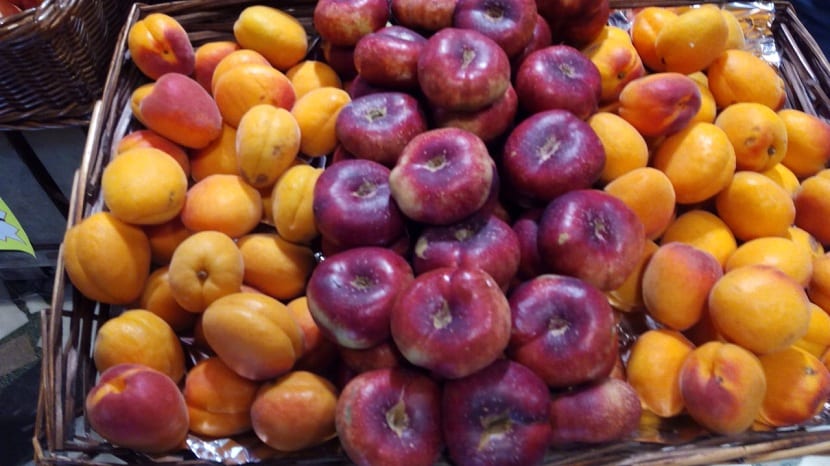
Maintenance pruning for platerina consists in eliminating between 50 to 70% of the existing mixed branches. The intensity of pruning should be gradual. As production increases, it must be intensified so that it is maximum 3 or 4 years after planting.
The intensity of pruning also depends on other factors such as fertility when growing, minimum winter temperatures and non-compliance with temperatures in times of frost.
Pruning must be started from the end of a branch and descending towards the base. In this way we will be eliminating the branches that are too vigorous, the weakest and the most badly located. The bouquets they have produced are best removed completely.
I hope that with this information you not only get to know more about this new variety, but that you can grow it in your garden.
I live in Barcelona and last year I grew papaya bushes and I grew up to a meter and a half and the trunk of about 6 to 8 centimeters thick this was in July in February under room temperature at zero degrees and all 8 died. bushes and one that you give to the neighbor is logical that they die so quickly
Hello Alberto.
Yes, they do not usually endure the cold.
A greeting.